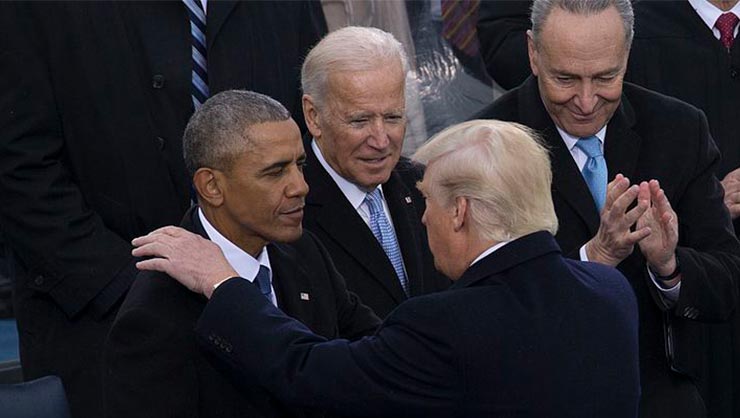Election day is November 3rd, 2020. This year, American voters will choose either the Republican, Donald Trump, or the Democrat, Joe Biden, to be the President of the United States of America for the next four years.
The system that we use to elect the president is a little confusing because the winner is not simply the person who receives the most votes nationwide. For example, in 2016 Hillary Clinton received more votes nationwide than Donald Trump did, yet he still won the election. The winner of the presidential election is the person who gets the most Electoral College votes.

Image courtesy of Wikimedia Commons
Let’s try to make this a little less confusing…
Each U.S. state has a certain number of Electoral College votes, which we can think of as “points” for simplicity. This number of points is generally proportional to the state’s population, with more populous states having more Electoral College points than less populated ones. However, all states have at least three Electoral College votes regardless of population. You can find a list of the number of points for each state here.
After Americans vote, one of the candidates will be declared the winner of each state and will collect all of that state’s Electoral College points. For example, it is likely that more people in California will vote for Joe Biden, so he will likely win California and collect all of their 55 Electoral College points. In Texas, more people will likely vote for Donald Trump, so he will be the winner of Texas, and will collect Texas’s 38 Electoral College points. This will happen in each of the 50 states until all of the country’s 538 available points are assigned to one of the candidates.
The winner of the election will be the candidate who wins 270 or more points. The winner will be “sworn in” as president on January 20, 2021.
Most Americans take pride in voting, considering it a civic duty. Moreover, Twitter and social media have increased peoples’ awareness of political issues, and you are likely to see a dramatic increase in political advocacy on these platforms as the election approaches.

Image courtesy of Pexels
Although the political discourse you observe on social media might appear a bit hostile, Americans are often reluctant to discuss politics in person. Doing so may be considered impolite, even in families where generations have drastically different political views. It’s a strange quirk of American culture that one could post an angry tweet denouncing the other political party, before joining family or friends belonging to that party for dinner.
But then again, all countries have their quirks, right? Want to learn more about the USA? Sticking with a political theme, here’s a bit more about the U.S. holiday “President’s Day.” Or perhaps you’d like a break from politics altogether. In that case, read more about something that most Americans share: a love for dogs!
